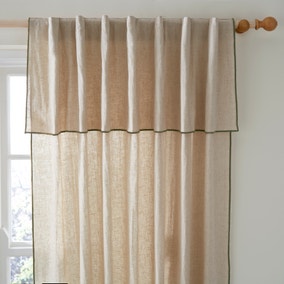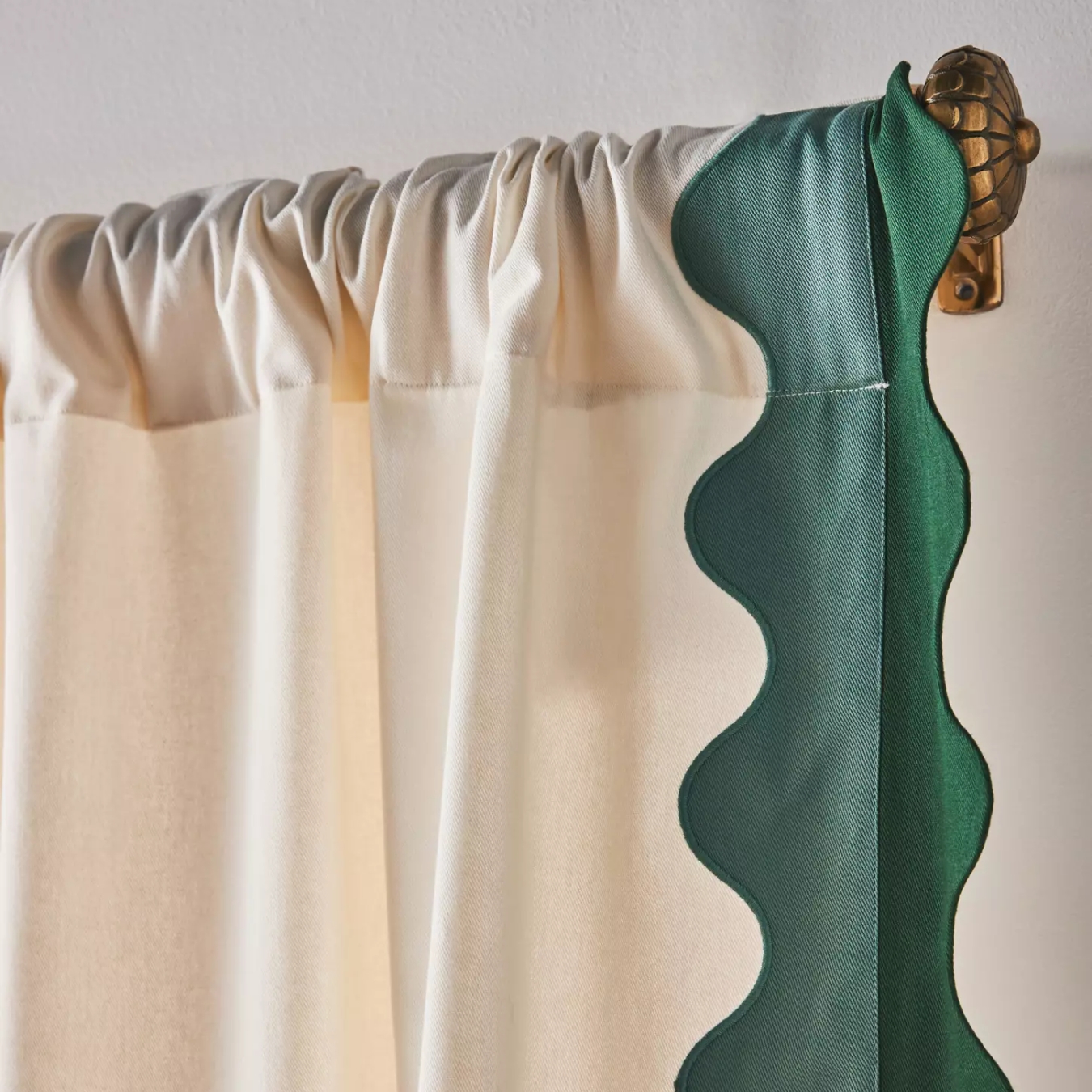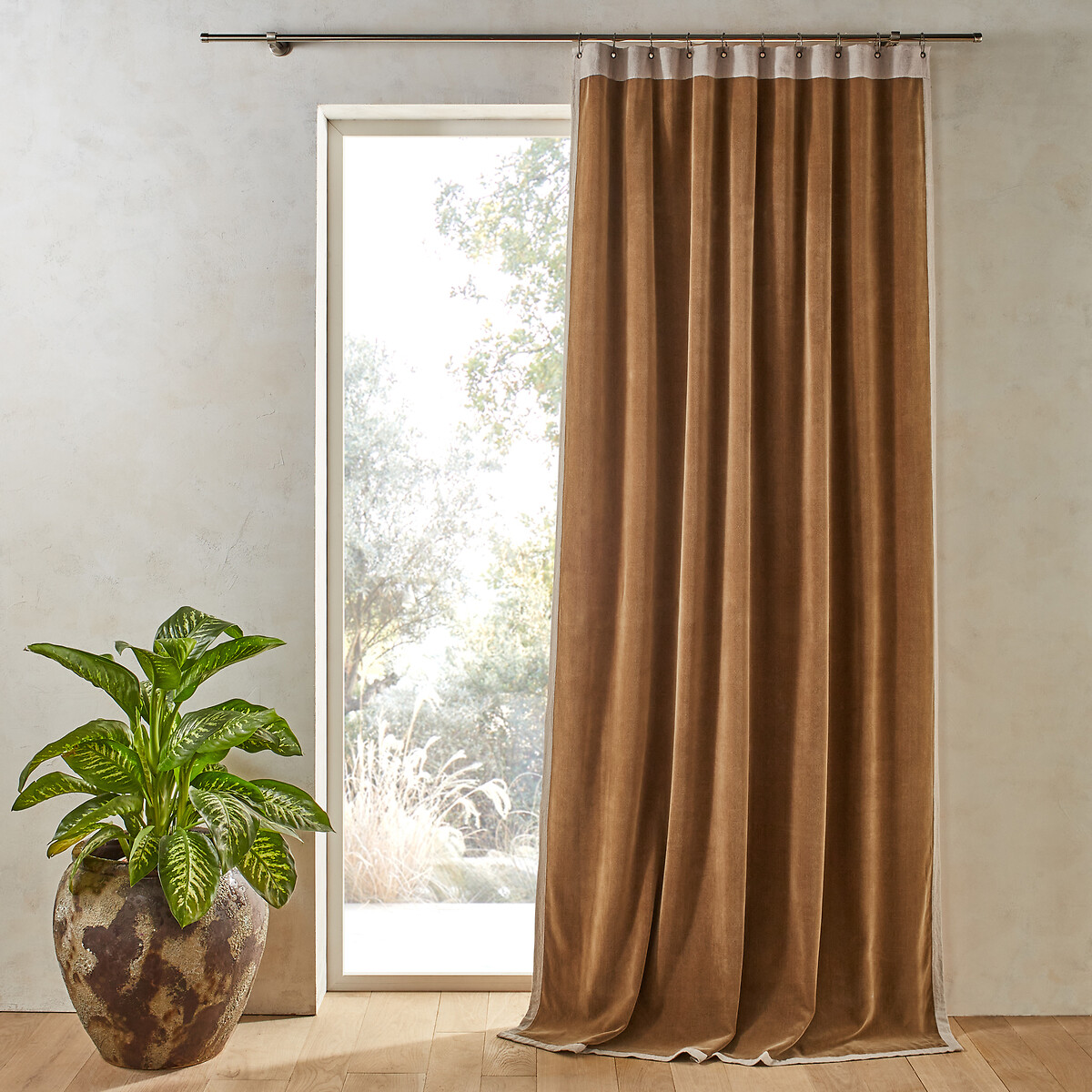5 Simple Curtain Hacks That Will Make Your Windows Look Expensive, but Don't Cost That Much More to Do
Elevate your curtains without breaking the bank with these clever ideas for making them more luxurious-looking

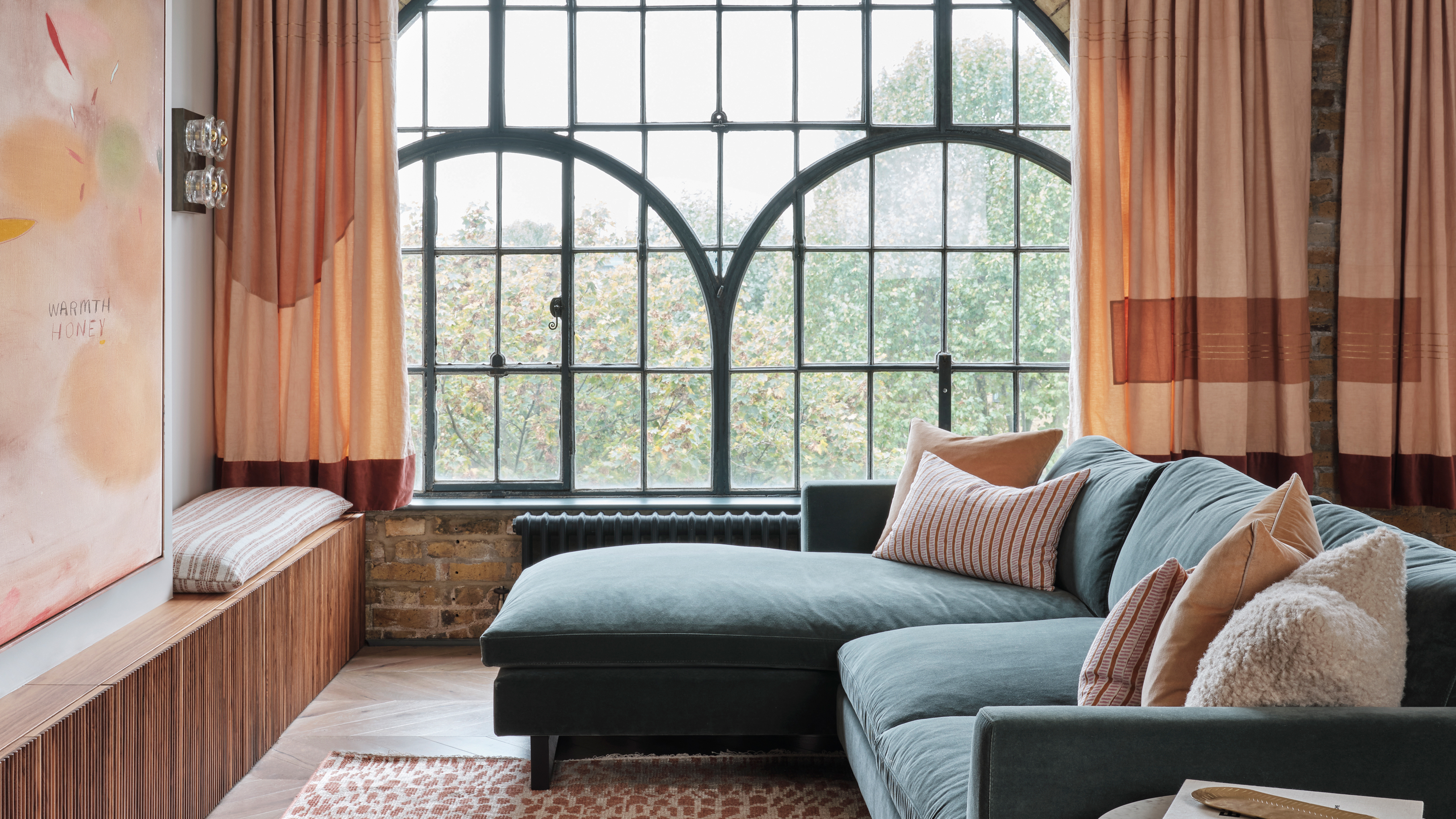
Curtains might be one of the most underrated design elements in a home—but get them right, and they can completely transform a space. More than just a way to block out light or add privacy, well-styled curtains contribute elegance, softness, and a sense of polish that instantly elevates the room. The right window treatment can make a space feel considered and complete. But achieving a luxurious look doesn’t have to come with a luxurious price tag. In fact, the difference between basic and beautiful often lies in a few clever styling tweaks.
Designers often rely on subtle tricks to make these window treatments look more high-end than they really are. These tricks can change how the room feels entirely: taller, airier, more tailored, and yes — more expensive. The best part? You can replicate these DIY curtain trends at home with minimal additional spend. All it takes is a small investment of effort and a sharp eye for detail.
Whether you're aiming for quiet luxury or bold drama, these five curtain hacks will help your windows look more expensive — without blowing your budget.
1. Hang Curtains Higher Than the Window Frame
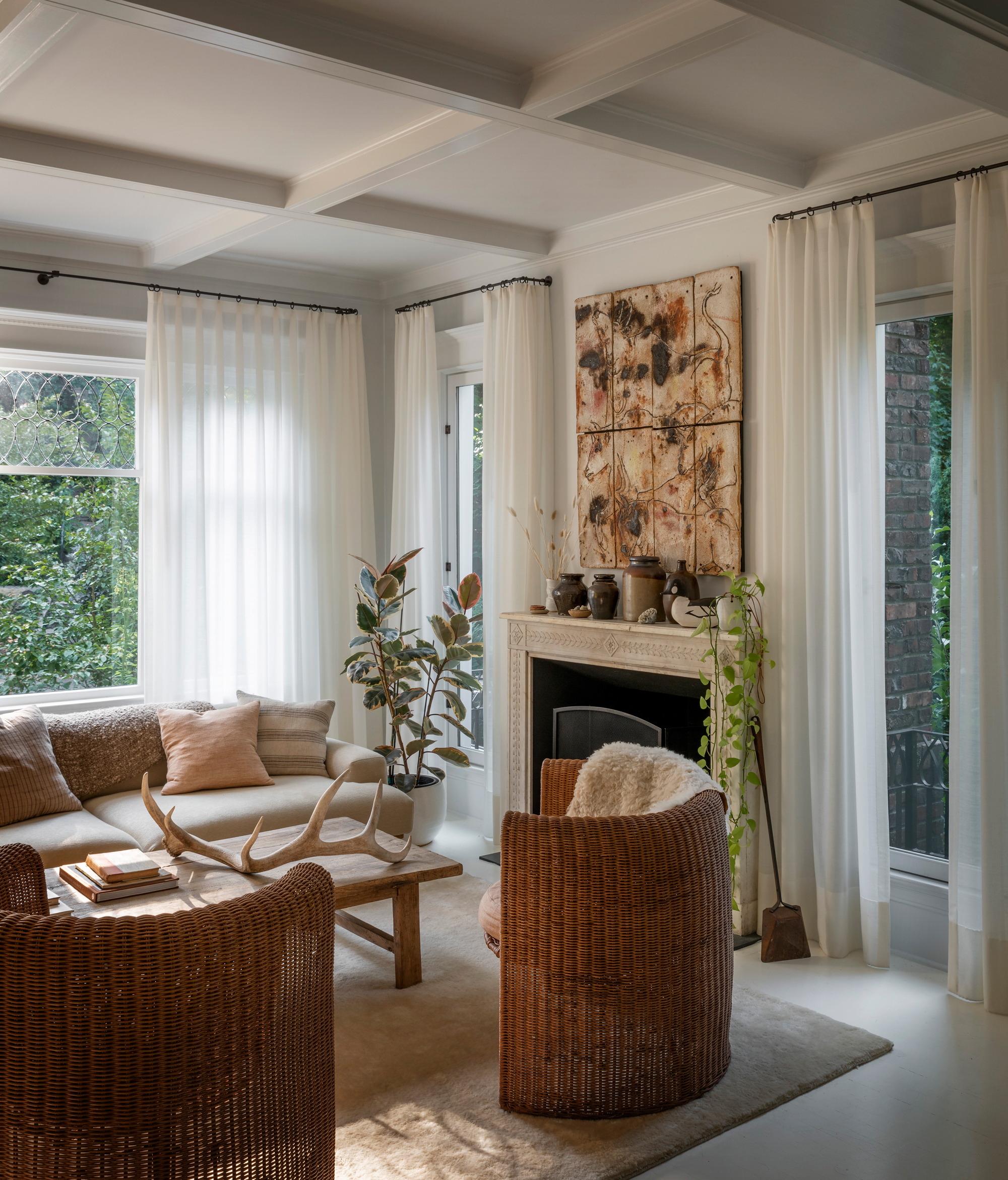
According to Yvonne Keal, product expert at Hillarys, one of the easiest and most effective ways to create a high-end curtain look is to hang your curtain rod well above the actual window frame—ideally halfway between the top of the frame and the ceiling line. “In rooms with high ceilings, you can go all the way to the ceiling for maximum impact,” says Yvonne. “This draws the eye upward and creates the illusion of larger windows and more expansive walls, which in turn makes the room feel loftier and more elegant.”
This trick, often referred to as “raising the eye,” works beautifully in both small and large rooms, and it’s especially transformative in homes with standard 8-foot ceilings. To make it work, opt for longer curtain panels—at least 96 inches is usually a safe bet for most spaces, though you may need more depending on your ceiling height. If you're wondering should curtains touch the floor for being too long, let them puddle slightly for a romantic, relaxed look, or hem them for a clean, tailored finish. Either way, you’ll be surprised at how much of a difference this simple shift in height makes.
2. Go Wide with Your Curtain Rods
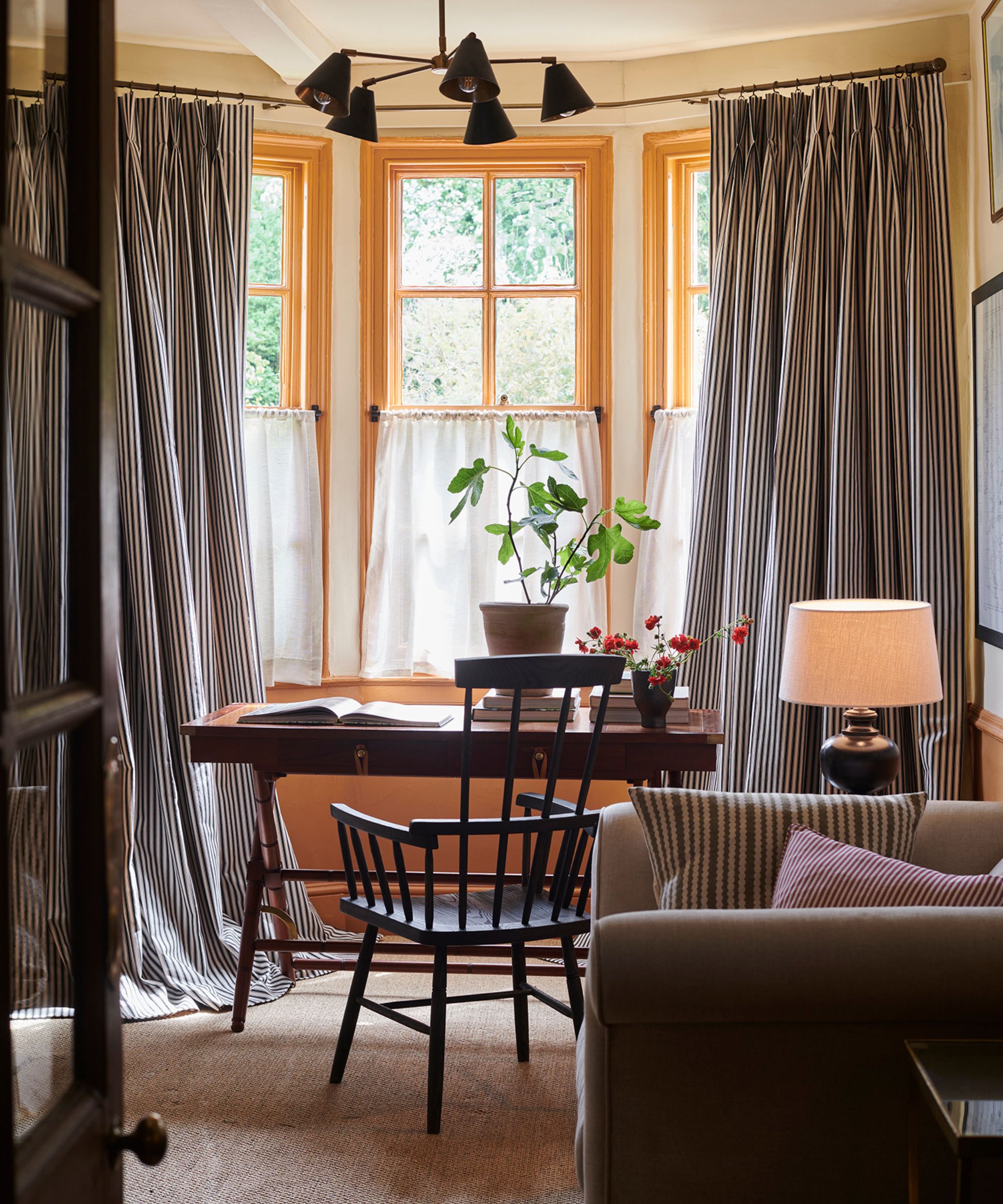
"If you want your windows to appear grander and your curtains to feel more luxurious, extend your curtain rod beyond the window frame — by at least 6 to 12 inches on each side," Yvonne continues. "This allows you to pull your curtains all the way open without blocking any natural light, letting the full width of the window shine through. Not only does this maximize daylight into the room, but it also creates the illusion of a broader window and more generous architecture."
Wider rods such as from Wayfair also help give your curtains that full, sweeping effect when closed, rather than appearing cramped or squeezed into a narrow frame. Its important to choose a rod that’s sturdy enough to support the additional fabric weight, especially if you’re using heavier curtain materials like velvet or linen. A telescoping rod from Amazon is usually sufficient for most DIY curtain installations, and you can even find budget versions that mimic the look of higher-end brass or matte black finishes.
The Livingetc newsletters are your inside source for what’s shaping interiors now - and what’s next. Discover trend forecasts, smart style ideas, and curated shopping inspiration that brings design to life. Subscribe today and stay ahead of the curve.
3. Use Double Width Panels

One of the surest signs of budget curtains is a lack of fullness. Thin, flat panels that just barely meet in the middle can cheapen the look of your entire window treatment, no matter how expensive the fabric. To avoid this, always aim for curtain panels that are at least 1.5 to 2 times the width of your window. For a truly luxurious look, make your curtains look fuller by using extra fabric to create soft, voluminous folds that hang.
If your curtains don’t come in wide enough options, the solution is simple: double up. Use two panels per side, especially on wider windows, and let the generous fabric drape softly toward the floor. Even with inexpensive curtains, this trick immediately makes them feel more considered and expensive. The goal is to avoid a stretched or skimpy appearance and instead create a curtain wall that looks rich and generous—just like you’d see in a high-end or boutique hotel.
4. Add Trim or Banding
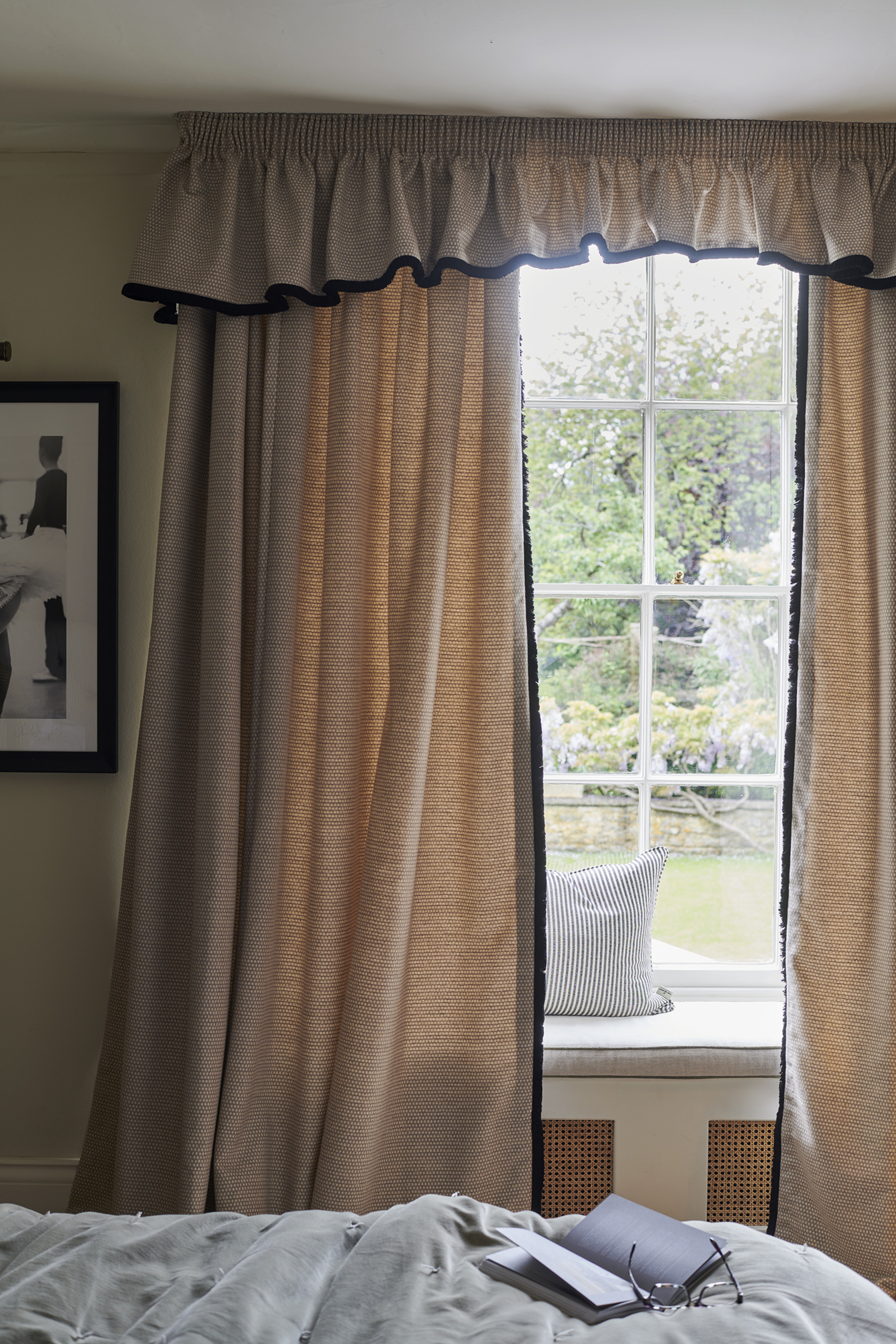
"If your curtains are plain or lacking in detail, adding trim is one of the smartest ways to elevate them — and it doesn’t require sewing skills or a big budget,” says interior designer Linda Hayslett of LH.Designs. With just a bit of ribbon, braid, or decorative banding, you can turn basic panels into something that looks totally custom. Think of it like adding accessories to a classic outfit—it’s the small details that give it some personality.
"The placement of the trim is key," states Linda. "Adding it vertically down the leading edge of each panel can give a clean, tailored finish, while placing it along the bottom hem adds weight and a bit of drama."
These can add visual interest and tie in with other design elements in the room, like throw pillows or upholstery. Iron-on trim, fusible tape, or even fabric glue from Amazon makes this a completely DIY-friendly upgrade with a huge visual payoff.
5. Layer with Sheers
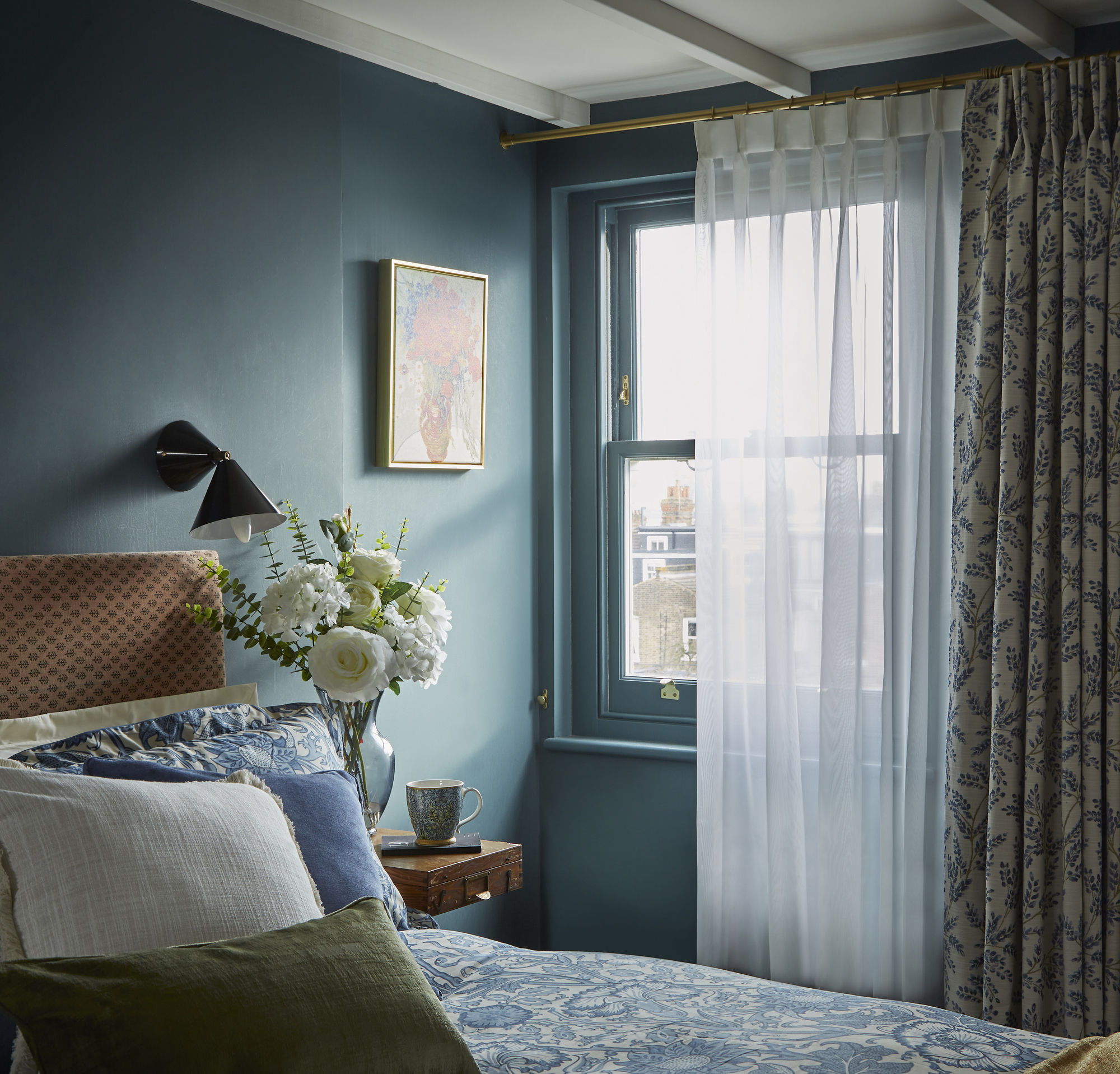
Designers rarely stop at a single layer when it comes to window treatments, and this is the reason why. Layering sheer curtains with blackout curtains adds dimension, texture, and flexibility to your windows. Sheers let light filter in gently during the day while maintaining privacy, and the outer curtains can be drawn in the evening for warmth and a sense of coziness.
To achieve this, Linda’s recommends a double curtain rod from B&Q, which are easy to install. “Start with lightweight sheers in white or off-white for a timeless, airy backdrop, then layer your decorative curtain panels on top,” suggests Linda. “Don’t be afraid to mix materials either — linen sheers with velvet drapes, or cotton sheers with bold printed curtains can create a textural contrast that adds depth to the room. The result is a window treatment that looks far more expensive than it actually is, and one that allows you to fine-tune both light and privacy throughout the day.”
Transforming your windows doesn’t require a major overhaul or a custom drapery budget. In fact, many of the world’s top interior designers rely on these same hacks to make modest materials sing. The key is in the styling: how high, how wide, how full, and how detailed.
Whether you're refreshing a tired living room or adding polish to a bedroom, these curtain tweaks can redefine the feel of your entire space—subtly suggesting “designer” even if your budget says otherwise. Small changes, big impact: that's the magic of a well-dressed window.

Seraphina is a contributing editor at Livingetc, writing Advice features on design, renovation and organisation. Seraphina is a qualified Interior Designer from KLC School of Design having worked at London-based interior design agencies Anouska Hempel and ND Studios. Seraphina has also completed her MA degree in Magazine Journalism at City, University of London, with previous experience including writing for Homes & Gardens, Women's Health, Food & Travel and Fabulous Magazine.
